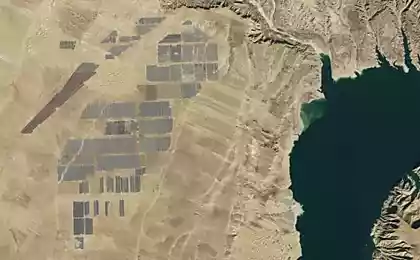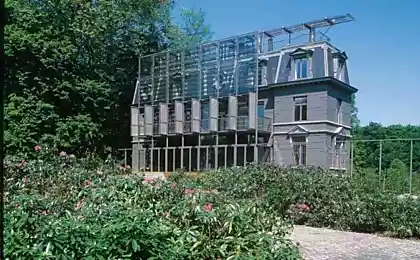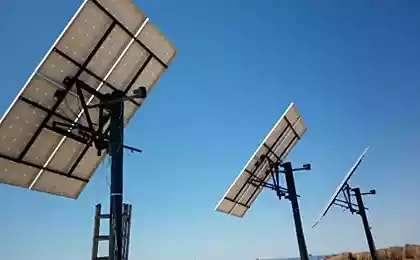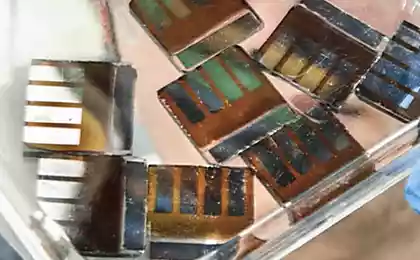387
Breakthrough in thin-film coatings solar
Researchers have made significant progress in the use of microreactors for thin film solar cells. This innovative technology has significant potential to dramatically reduce the cost of solar panels and reduction of waste materials in the production process.

This announcement was made by engineers at Oregon state University (OSU) and Yeungnam universityprivate physics in Korea. This development is one of the first demonstrations of this technology, a coating that is touted as a safer, faster and more cost-effective than the previous generation. Previously, the critical layer used in thin-film solar battery, required the use of methods of deposition: sputtering or evaporation, both of which take much time or require vacuum systems and rare chemical elements, which in turn increase production costs.

The process of chemical deposition, which is applied in this study has a lower value than the one that existed for a century.
A new process developed at OSU, for deposition of nanostructured films on various surfaces in a continuous microreactor, examines these issues and offers sound commercial viability. Further studies will be aimed at improving process control, testing of finished solar cell, improving its efficiency.

In the development of technology for thin films, the main leader is First Solar from Arizona. It produces solar cells using cadmium telluride. This company was able to produce one Giga watt of solar modules in 2009. However, the conversion efficiency was only 10 percent, the cadmium has its difficulties in the manufacturing process of the panels.
Source: /users/1080

This announcement was made by engineers at Oregon state University (OSU) and Yeungnam universityprivate physics in Korea. This development is one of the first demonstrations of this technology, a coating that is touted as a safer, faster and more cost-effective than the previous generation. Previously, the critical layer used in thin-film solar battery, required the use of methods of deposition: sputtering or evaporation, both of which take much time or require vacuum systems and rare chemical elements, which in turn increase production costs.

The process of chemical deposition, which is applied in this study has a lower value than the one that existed for a century.
A new process developed at OSU, for deposition of nanostructured films on various surfaces in a continuous microreactor, examines these issues and offers sound commercial viability. Further studies will be aimed at improving process control, testing of finished solar cell, improving its efficiency.

In the development of technology for thin films, the main leader is First Solar from Arizona. It produces solar cells using cadmium telluride. This company was able to produce one Giga watt of solar modules in 2009. However, the conversion efficiency was only 10 percent, the cadmium has its difficulties in the manufacturing process of the panels.
Source: /users/1080























